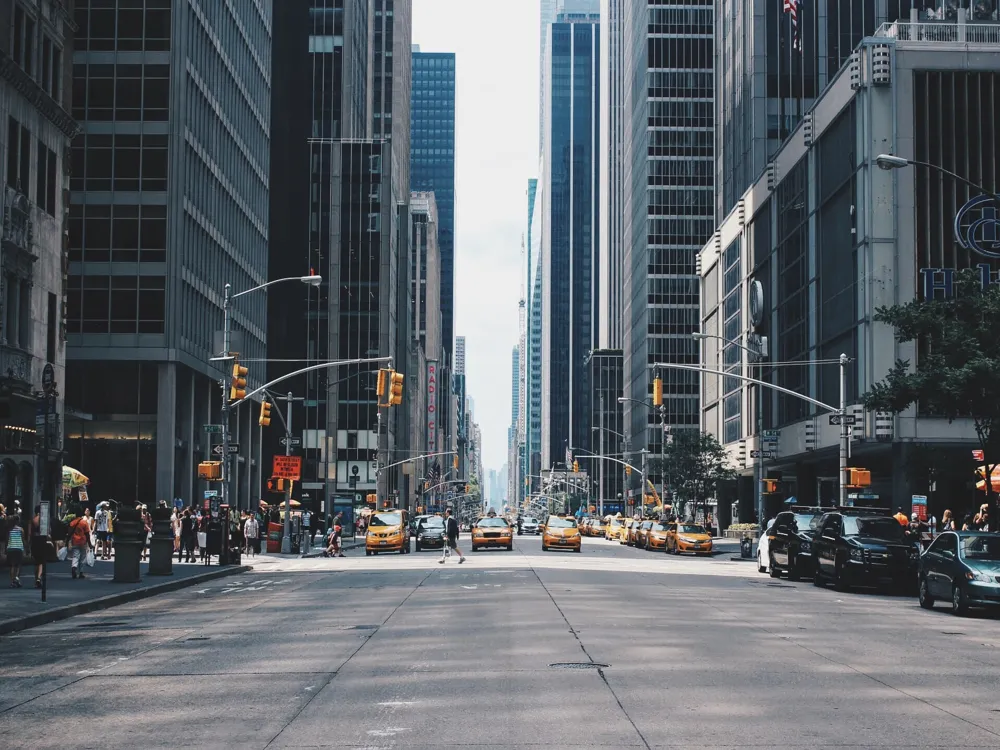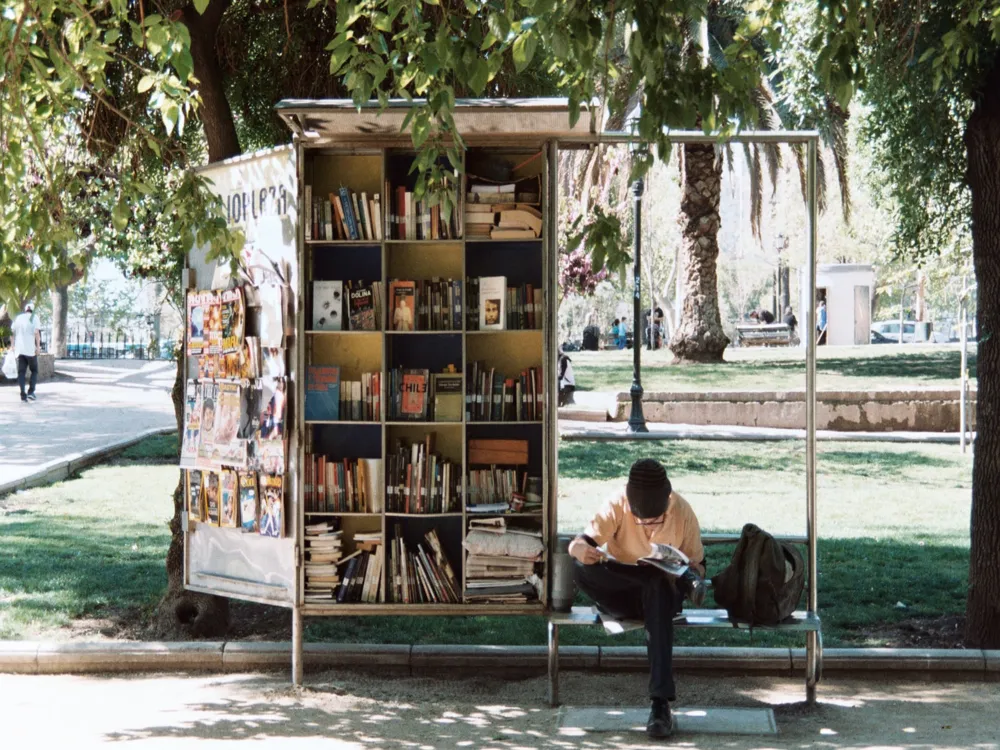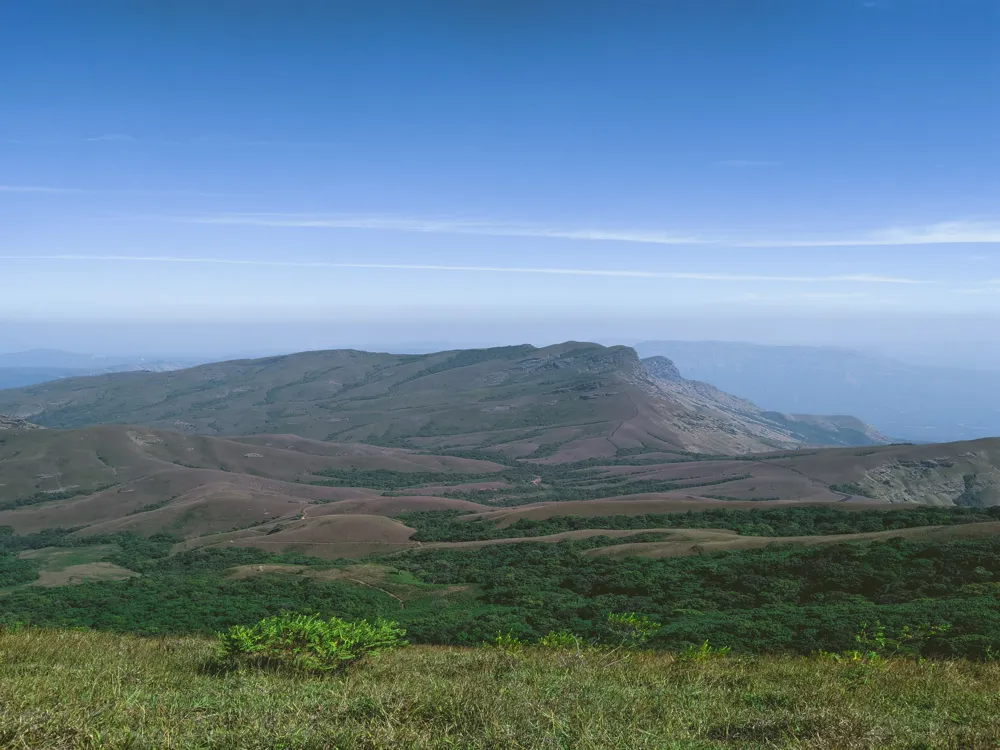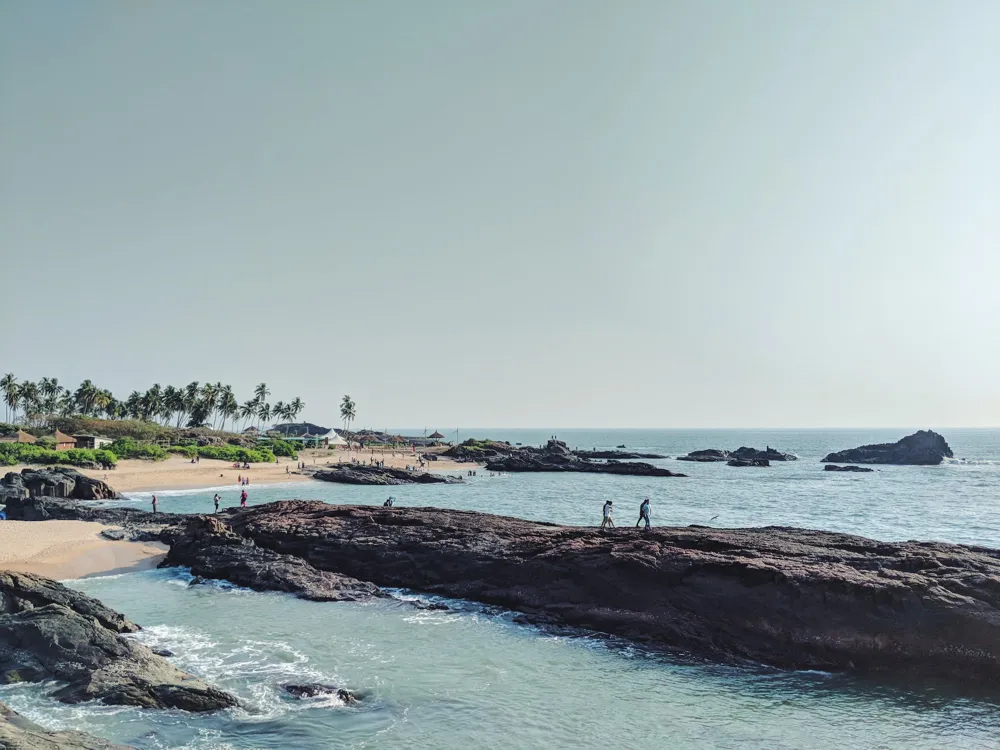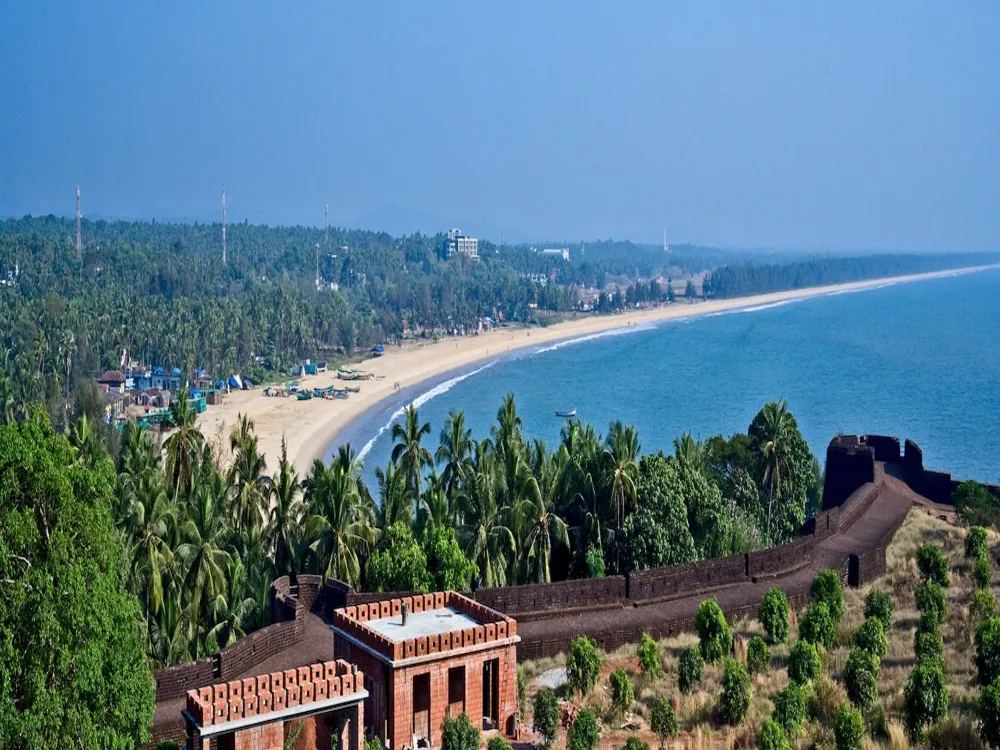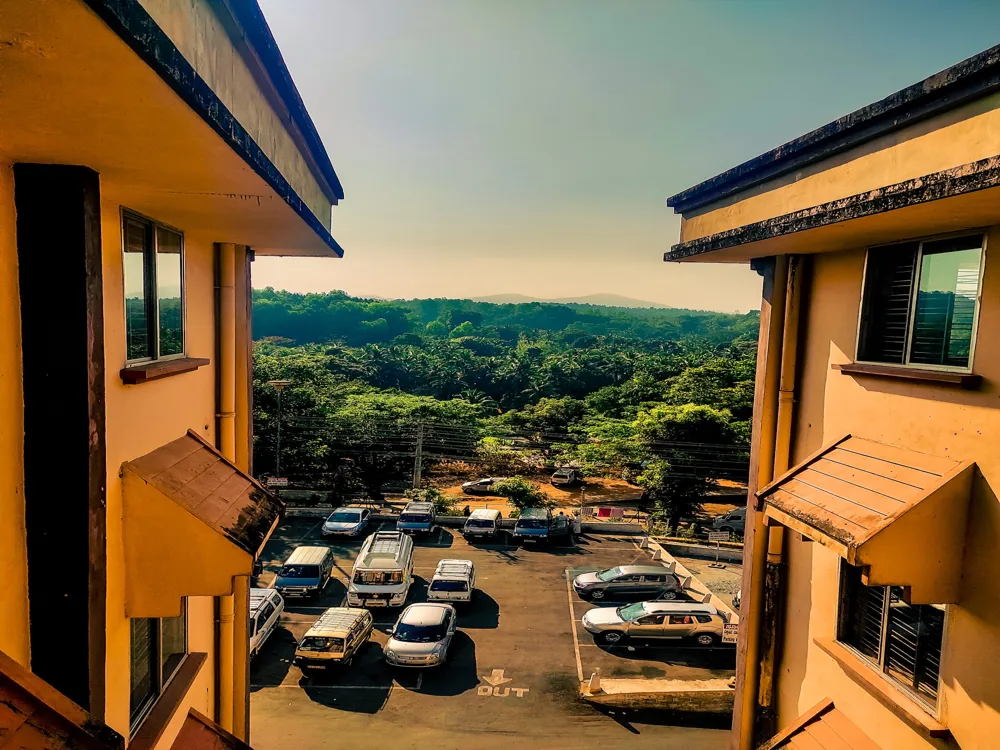The Rosario Cathedral, a magnificent edifice in Mangalore, Karnataka, stands as a testament to the rich cultural and religious heritage of the region. Established in 1568, it is one of the oldest churches in India, holding a special place in the hearts of the local Catholic community. The cathedral, dedicated to Our Lady of the Rosary, is not just a religious symbol but also a historical landmark that has witnessed significant events in the history of Mangalore. Throughout its existence, the Rosario Cathedral has undergone numerous renovations and reconstructions, each adding layers to its architectural grandeur and historical significance. It's a beacon of faith for the Christian community and a center of spiritual life in Mangalore. The cathedral's architecture reflects a blend of Gothic and Roman styles, making it a unique and intriguing subject for architects and historians alike. It also serves as a hub for various cultural and religious activities, drawing visitors from all walks of life. The Rosario Cathedral isn't just a place of worship; it's a symbol of hope and resilience, standing strong through the centuries. Its majestic presence is a reminder of the enduring spirit of the community it serves. For visitors to Mangalore, the cathedral offers a serene and uplifting experience, enveloping them in a sense of peace and history. The architecture of the Rosario Cathedral in Mangalore is a fascinating amalgamation of Gothic and Roman styles, creating a stunning visual spectacle. The cathedral's facade is characterized by pointed arches, ribbed vaults, and flying buttresses, typical of Gothic architecture. These elements not only enhance its aesthetic appeal but also contribute to its structural integrity. A distinctive feature of the cathedral is its imposing bell tower, which is visible from a distance and adds to the skyline of Mangalore. The interiors of the cathedral are equally impressive, with high ceilings, stained glass windows, and intricate sculptures that create a serene and divine atmosphere. The altar, adorned with ornate decorations, is the focal point of the cathedral's interior. The Rosario Cathedral's architecture is not just about grandeur; it's a harmonious blend of functionality and beauty. Every element, from the spacious nave to the choir loft, is designed to enhance the congregational experience. The use of locally sourced materials in its construction showcases the ingenuity and resourcefulness of the artisans and builders of the time. The cathedral's architecture is a living narrative of the various historical and cultural influences that have shaped Mangalore. It's a testament to the skill and artistry of its creators, standing as a proud monument of architectural brilliance in the heart of the city. The ideal time to visit the Rosario Cathedral is between October and February, when the weather in Mangalore is pleasant. This period avoids the heavy monsoon rains and the extreme heat of the summer months, ensuring a comfortable visit. Visitors are advised to dress modestly, covering shoulders and knees, as a sign of respect for the sacred nature of the cathedral. It's also recommended to maintain silence within the cathedral to preserve its solemn and peaceful atmosphere. Photography is generally allowed inside the cathedral, but it's advisable to check for any specific restrictions or guidelines. Flash photography and tripods might be prohibited to protect the integrity of the artworks and to avoid disturbance during services. The cathedral is accessible to people with mobility issues. It has facilities like restrooms and a parking area. However, it's advisable to check in advance for any specific accessibility needs. Consider taking a guided tour to gain deeper insights into the history and architecture of the cathedral. These tours often provide interesting anecdotes and details that are not widely known. Reaching the Rosario Cathedral in Mangalore is convenient due to the city's well-connected transport network. The cathedral is centrally located and easily accessible by various modes of transportation. By Air: The nearest airport is Mangalore International Airport, which is about 15 km away. From the airport, visitors can hire taxis or use public transport to reach the cathedral. By Train: Mangalore has two major railway stations: Mangalore Central and Mangalore Junction. Both stations are within a 10 km radius of the cathedral, and taxis, autorickshaws, and buses are readily available for the onward journey. By Road: Mangalore is well-connected by road, with several state and national highways passing through the city. Buses, both public and private, operate regularly to Mangalore from major cities in Karnataka and neighboring states. Local Transport: Within the city, visitors can opt for autorickshaws, taxis, or local buses to reach the Rosario Cathedral. The cathedral is located in the heart of the city, making it easily accessible from any part of Mangalore. Read moreOverview of Rosario Cathedral of Mangalore, Karnataka
Architecture of Rosario Cathedral, Mangalore
Tips for Visiting Rosario Cathedral, Mangalore
Best Time to Visit
Dress Code and Etiquette
Photography Guidelines
Accessibility and Facilities
Guided Tours
How To Reach Rosario Cathedral, Mangalore
Mangalore Tourism
Best Time to Visit Mangalore
How to Reach Mangalore
Things To Do Mangalore
Rosario Cathedral
Mangalore
Karnataka
NaN onwards
View mangalore Packages
Weather :
Tags : Church & Cathedral
Timings : 9:00 AM - 5:00 PM every day
Mass Timings
Sunday: 5:30 AM, 6:30 AM, 8:00 AM, 9:15AM and 10:15 AM
Weekdays: 5:30 AM, 6:30 AM (Monday to Thursday) and 5:00 PM (Friday and Saturday)
Planning a Trip? Ask Your Question
Mangalore Travel Packages
View All Packages For Mangalore
Top Hotel Collections for Mangalore

Private Pool

Luxury Hotels

5-Star Hotels

Pet Friendly
Top Hotels Near Mangalore
Other Top Ranking Places In Mangalore
View All Places To Visit In mangalore
View mangalore Packages
Weather :
Tags : Church & Cathedral
Timings : 9:00 AM - 5:00 PM every day
Mass Timings
Sunday: 5:30 AM, 6:30 AM, 8:00 AM, 9:15AM and 10:15 AM
Weekdays: 5:30 AM, 6:30 AM (Monday to Thursday) and 5:00 PM (Friday and Saturday)
Planning a Trip? Ask Your Question
Mangalore Travel Packages
View All Packages For Mangalore
Top Hotel Collections for Mangalore

Private Pool

Luxury Hotels

5-Star Hotels

Pet Friendly








